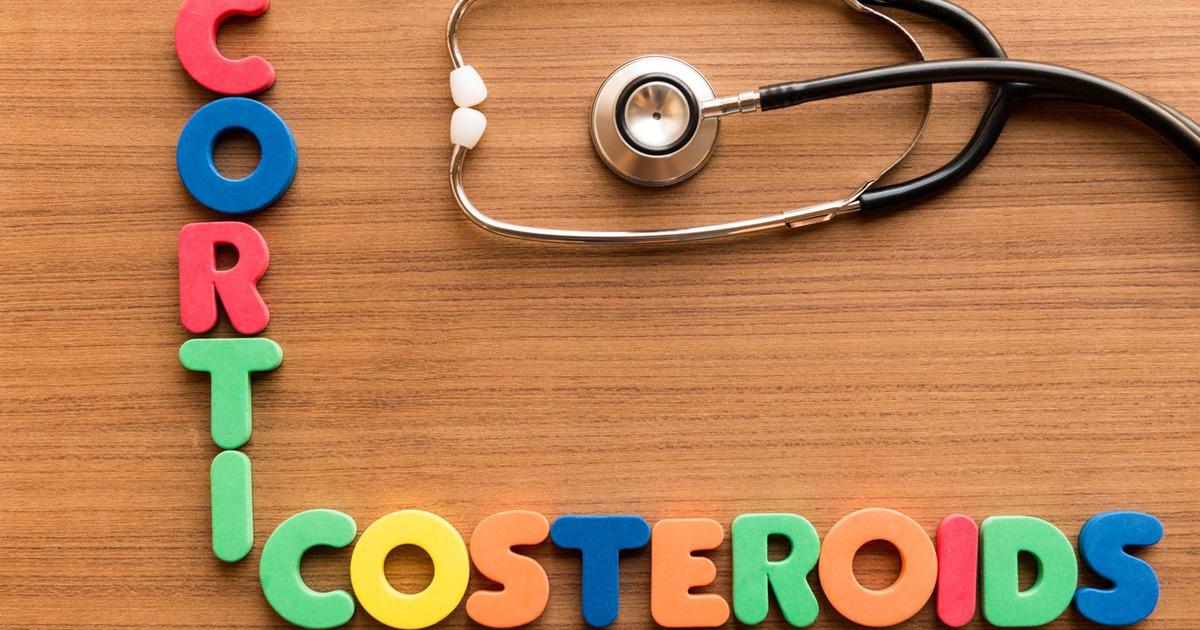Remedies For Temporal Arteritis
Temporal arteritis is the inflammation of the linings of arteries, particularly those located at the head. This vascular disorder affects five out of every ten thousand individuals. Individuals aged fifty and above and women are mostly among those at high risk for this disease. It manifests with symptoms such as frequent severe headaches, jaw pain either when chewing or talking, double vision or loss of vision, and pain and tenderness over the temples. Patients diagnosed with this disease also present with general symptoms like weight loss, flu-like symptoms, tiredness, and depression. Temporal arteritis is a severe disease, and thus, immediate consultation with a physician is a must. This article will discuss the most common methods of treating temporal arteritis.
Take Corticosteroids

Corticosteroids are used to treat temporal arteritis to suppress vascular inflammation and decrease the risk of blindness. The lack of a standard in the use of corticosteroids is one disadvantage in this treatment regimen. Physicians often suggest patients take corticosteroids, especially in cases when they are at high risk for blindness. The use of corticosteroids is the universally accepted treatment for temporal arteritis. It is commonly administered in high doses. Patients with temporal arteritis start to take corticosteroid with oral prednisone of about forty to sixty milligrams a day. After a week, the patient will be subjected to temporal artery biopsy. There are instances, however, in which patients receive a higher dose of corticosteroids after the early stage.
Learn more about treating temporal arteritis now.
Take Acetylsalicylic Acid

Acetylsalicylic acid works against pain, fever, and inflammation. In long-term use, this medication was found to be effective in preventing heart attacks, ischemic strokes, and blood clots. Acetylsalicylic acid is used in this disease to reduce inflammation and works by inhibiting interferon gamma (IFNy) production in the temporal artery-SCID mouse chimeras. A study that looked on the effectiveness of acetylsalicylic acid in treating temporal arteritis found the combination therapy of acetylsalicylic acid and corticosteroids can improve the management of giant cell arteritis. It also found acetylsalicylic acid has moderate inhibitory effects on the NF-KB pathway. Acetylsalicylic acid was discovered to have a strong anti-inflammatory effect on suppressing IFNy.
Continue reading for more information on more remedies for temporal arteritis.
